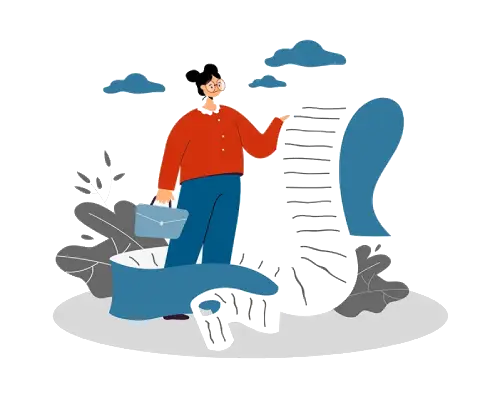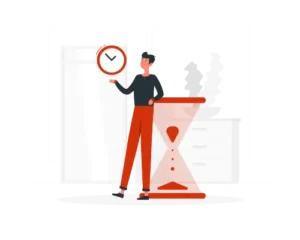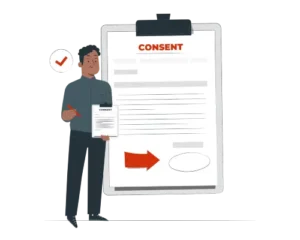Synopsis
Novel technologies disrupt how various industries such as manufacturing, banking & finance, travel, and others operate. However, these technologies have yet to make headway into the healthcare sector. Once healthcare providers absorb these disrupting technologies into their business processes, they can deliver patient-focus services. Further, automation in healthcare can help the healthcare providers streamline their operations, enhance staff productivity, understand their patient’s requirements, strengthen the patient-hospital relationship, improve patient satisfaction, and more. The adoption of digital tech has lagged in the healthcare industry. Still, with the global COVID-19 pandemic, healthcare leaders are exploring ways to integrate digital technology into their process to answer the current call of urgency. According to a report by Accenture, 93% of healthcare leaders are innovating their business processes considering the current pandemic state.
About the Client
Our client is a US-based healthcare company providing Population Health Management (PHM) and Pay-For-Performance (PFP) solutions to various medical practitioners, healthcare institutions, and healthcare leaders. They partner with healthcare organizations to accelerate their digital transformation. To date, they have streamlined and updated more than 24 million patients’ data on the health cloud.
Key Issues
The prime need of our client was to reduce turnaround time for their billing process. They manually managed the enormous volume of patients’ transaction data, resulting in slow turnaround time and delayed billing. Their business needed a flexible and non-invasive RPA solution.
Our Solution
RPATech customized the RPA bot on the UiPath platform and integrated RPA solutions to automate the end-to-end billing process in the client’s process. After implementing RPA, the bot performs the following tasks on the user’s desk:
- It logs into the URLs of 6 different hospitals and downloads the transaction data of each patient from the EMR portal.
- Then the bot extracts information from documents received in various formats using OCR and saves them in the patient’s database.
- Next, the bot validates the patient’s details in the billing application. Following that, it either updates or creates a new patient record in the application.
- Lastly, the bot processes the bill as per the medical codes, and in case of incorrect or mismatched information, the bot redirects the batch to the human queue.
Automation Benefits
The benefits reaped by the client with automation in healthcare are as follows:
- Reduced manual billing process by 90%.
- Reduced error rates by 90%.
- Reduced TAT significantly by 80%.
- Data validation was made easy.
- Billing processing at an unseen speed.




